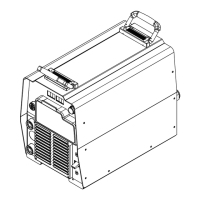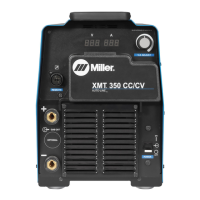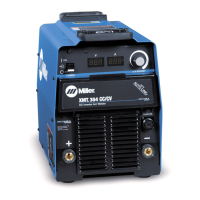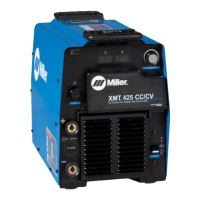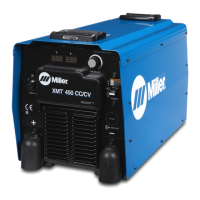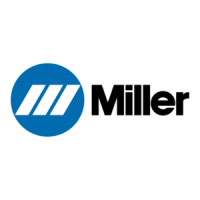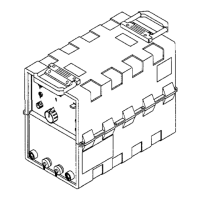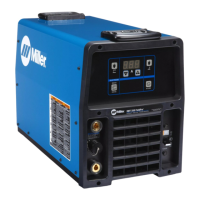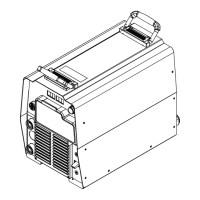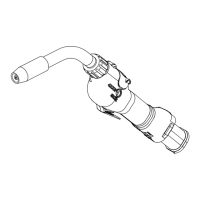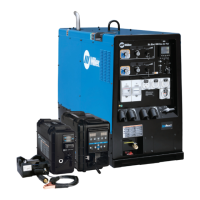What to do if Miller Welding System has no weld output and is inoperative?
- PpkellerJul 28, 2025
To address a Miller Welding System that is completely inoperative with no weld output, first, ensure the line disconnect switch is in the On position. Then, check and replace the line fuses if necessary, or reset the circuit breaker. Finally, verify that the input power connections are properly connected.
